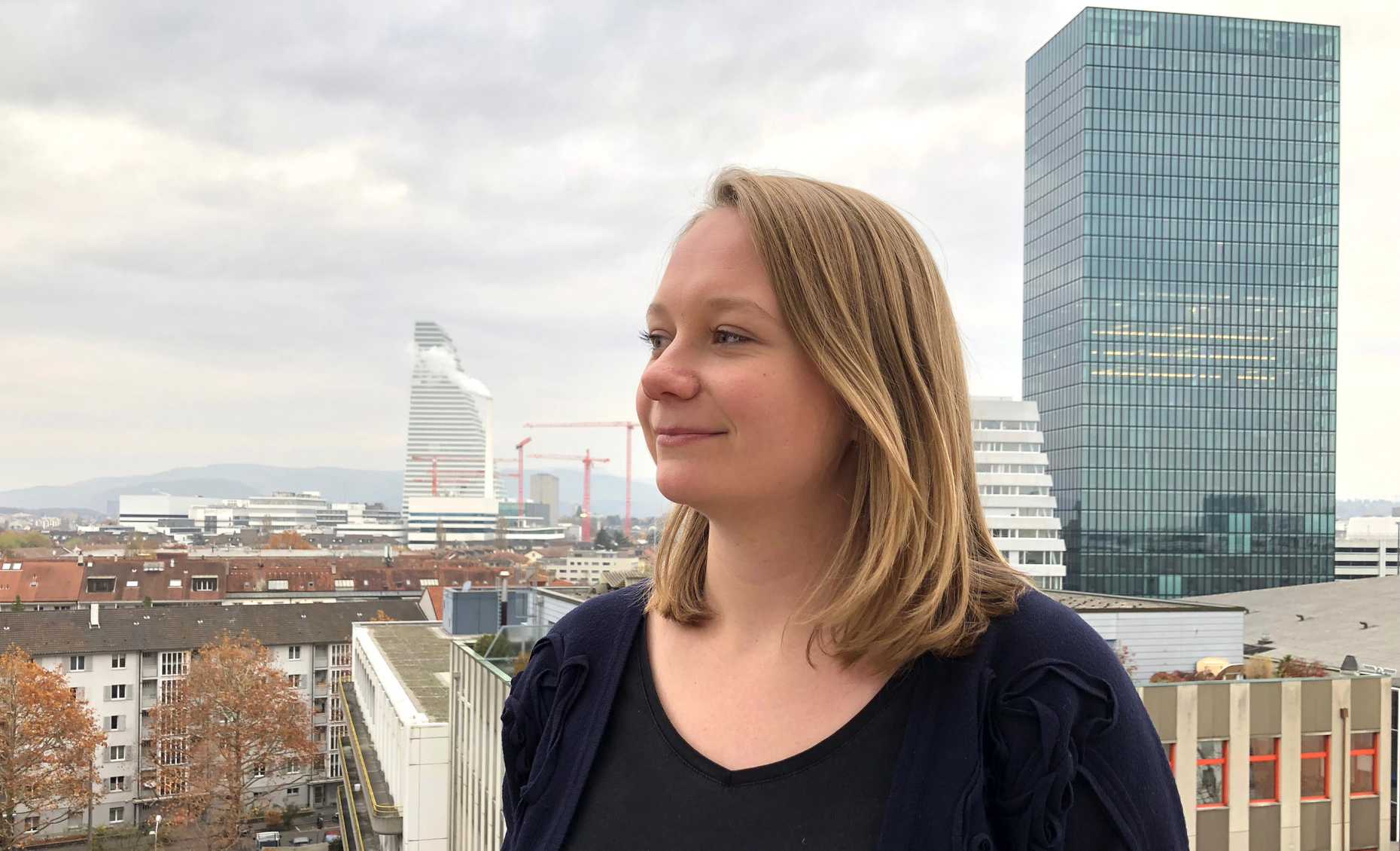Meet Dr Aleksandra Sapala working on cell and organ growth
The Polish biophysicist in the Computational Biology group of Professor Iber studies the development of cells and organs. D-BSSE was her first choice when applying for a postdoctoral position because of its excellent infrastructure and availability of resources. The city of Basel was a big surprise to her: small in size but very lively and with a vibrant scientific community.

What did you know about D-BSSE before you came here, and what was your motivation to come to ETH Zurich?
I liked the fact that ETH Zurich focuses more on applied research than my previous institute. It was crucial for me to see a different environment than the one in which I "grew up" as a scientist.
The excellent microscopy and IT infrastructure of D-BSSE were definitely an important factor while deciding which institute to choose for my post-doc. It is great not to be constrained by a lack of resources and just be able to focus on research.
What were your expectations, and were your expectations met since you arrived in Basel?
When I visited Professor Iber's lab for an interview I saw that the group has the open-mindedness and curiosity that in my opinion is very helpful in interdisciplinary studies. I hoped this would make it easier for me to get used to the new research field. After one week of working with my new colleagues I already see how eager they are to explain their work to me. I really appreciate this.
What were your first impressions?
I have received a very warm welcome from everybody at D-BSSE, especially the Iber group. Basel as a city is a big surprise to me. It is smaller than the places I lived in before but at the same time it seems to be very lively and has a vibrant scientific community. The great selection of museums is a big plus as well.
Which research will you pursue at D-BSSE?
I am interested in how individual cells come together to create a growing organ, which in itself is a very dynamic system. A group of few cells needs to achieve a complex shape (see for example the branched architecture of lungs and kidneys). Using cutting-edge microscopy and image processing I want to explain organ development from the mechanistic perspective rather than focus on the details of genetic networks responsible for it. In that regard, my new research question is not too far away from the work on plants I was doing during my PhD.
Which hobby or private interests do you hope to pursue in Switzerland?
I love playing tennis so I want to find a club where I can continue my training. Furthermore, I have never lived that close to the mountains and I plan to go skiing as much as possible!
Dr Aleksandra Sapala obtained her Bachelor and Master's degrees in biophysics at the University of Warsaw in Poland. For her doctorate, she moved to Cologne, Germany, to work at the Max Planck Institute for Plant Breeding Research. She studied the growth of plant cells combining biomechanical experiments, time-lapse confocal imaging and image analysis for cellular growth quantification. Aleksandra's main focus was to explain the mechanism which drives plant epidermal cells to obtain their shapes (which can be very complex) as well as the implications of single epidermal cell growth on the shape of leaves. One of her papers published in eLife was featured as part of Editor's Choice in the Science magazine, and the media reported widely on the puzzle-shape of leaf epidermal cells. Aleksandra also helped her supervisor to promote the image analysis software called MorphoGraphX (developed in the lab of Richard S. Smith) by conducting training sessions for many different research and user groups. Since 1 November 2018, Aleksandra is a postdoctoral researcher in the Computational Biology group of Dagmar Iber.